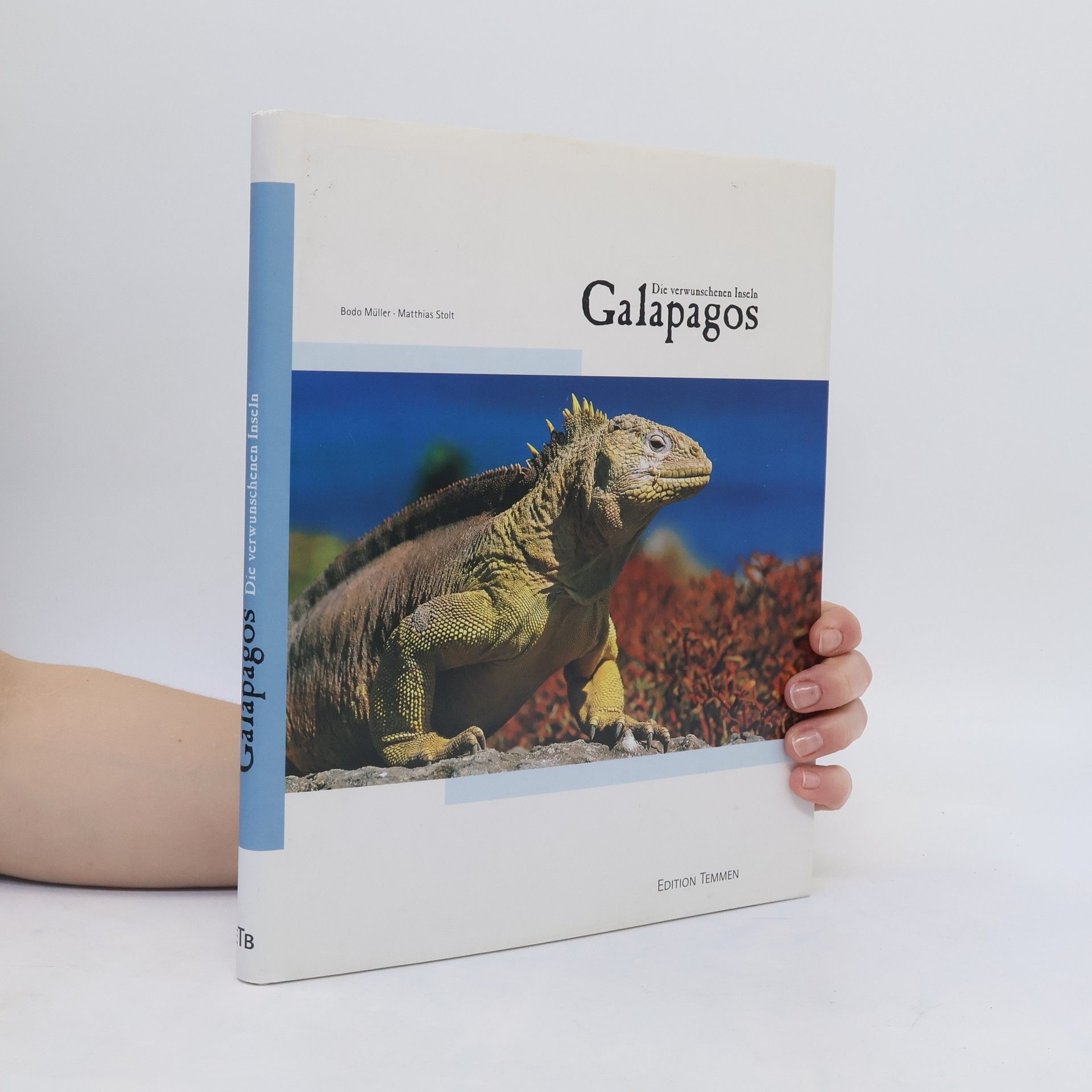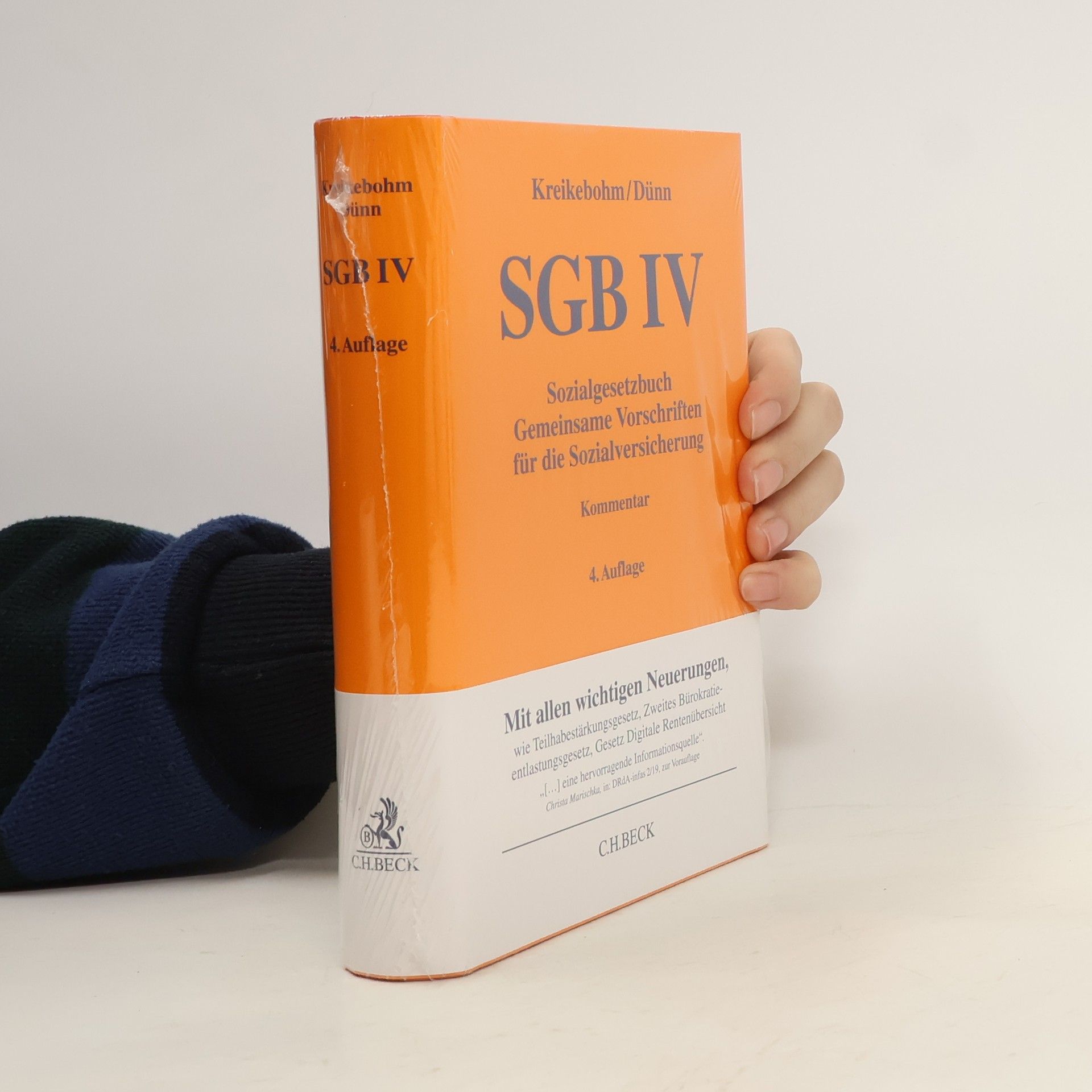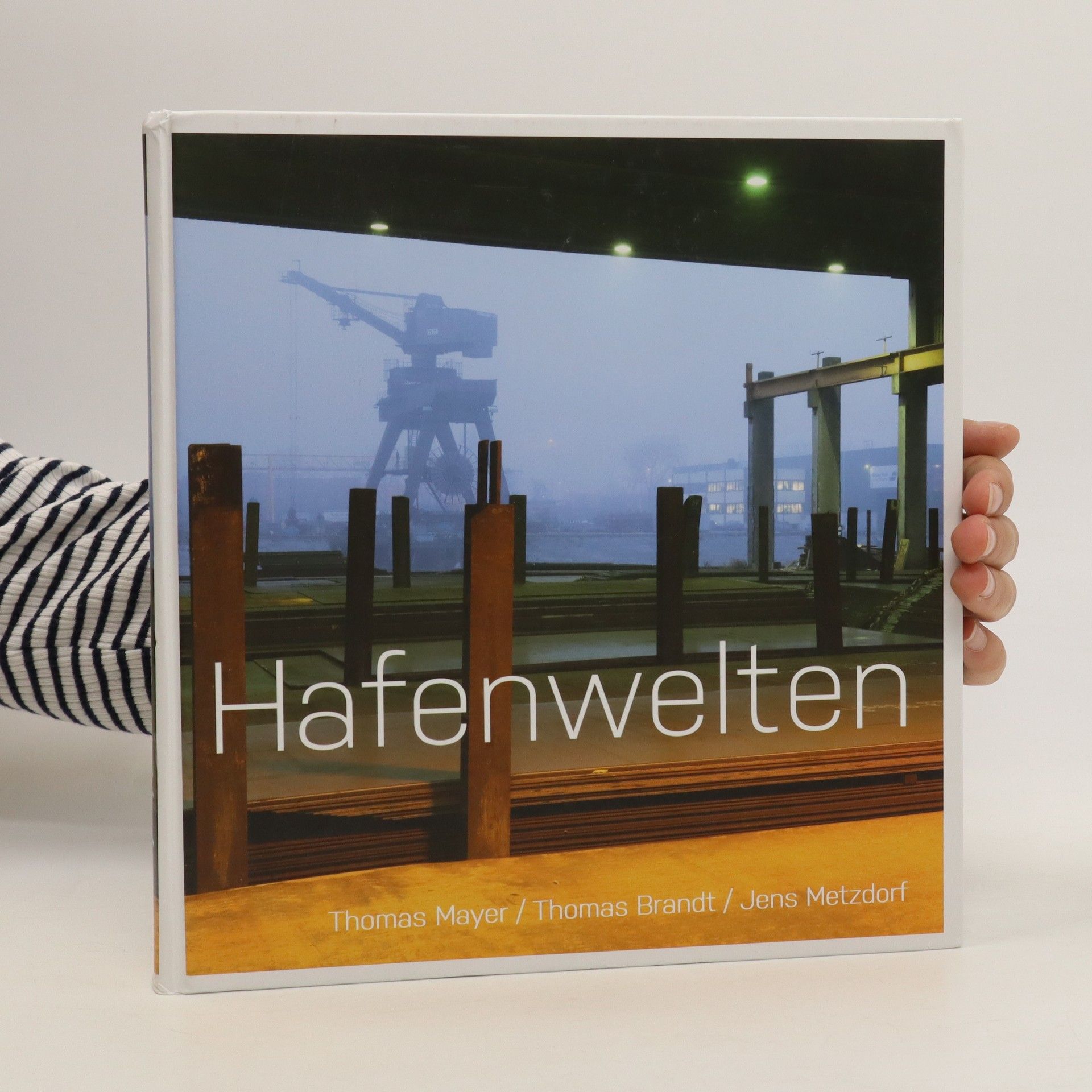Sozialgesetzbuch
Gemeinsame Vorschriften für die Sozialversicherung - SGB IV
Zum WerkDer Kommentar stellt für die arbeits- und sozialrechtliche Praxis der Gerichte, Betriebe und Behörden die gemeinsamen Vorschriften der Sozialversicherung vor, die zentrale Abgrenzungs- und Verfahrensfragen regeln: sozialversicherungspflichtige Beschäftigung geringfügige Beschäftigung selbstständige Tätigkeit Arbeitsentgelt, Arbeitseinkommen und Gesamteinkommen Umrechnung von ausländischem Arbeitseinkommen Leistungen und Beiträge Sozialversicherungsausweis Meldepflichten des Arbeitgebers Verfahren und Haftung bei der Beitragszahlung Organisation der Sozialversicherung Vorteile auf einen Blick kompakt praxisorientiert Zur NeuauflageDie 4. Auflage bringt den Kommentar auf den Bearbeitungsstand Januar 2022 und berücksichtigt bereits das Gesetz zur Ergänzung und Änd. der Regelungen für die gleichberechtigte Teilhabe von Frauen an Führungspositionen in der Privatwirtschaft und im öffentlichen Dienst Gesetz zur Umsetzung der RL (EU) 2019/882 Art. 4 Teilhabestärungsgesetz Zweites Bürokratieentlastungsgesetz Art. 2 Gesetz Digitale Rentenübersicht Art. 7 G zur Digitalisierung von Verwaltungsverfahren bei der Gewährung von Familienleistungenaktuelle Rechtsprechung ZielgruppeFür Arbeits- und Sozialgerichte, Rechtsanwaltschaft und Fachanwaltschaft für Arbeits- und Sozialrecht, Arbeitgeberverbände und Gewerkschaften, Sozialbehörden und alle Einrichtungen und Dienste der Länder und Kommunen sowie der Wohlfahrtsverbände.





